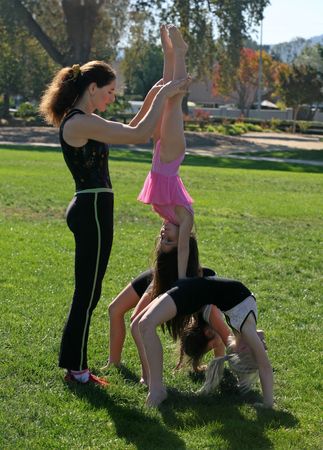Note that your final mark will not be saved in the system.
2.3 Guidance and feedback on performance Typeit
Type the correct answers into the spaces. Fill all the spaces before clicking ‘Check Answers!’

Feedback can be used by an athlete or a coach to provide motivation to optimise performance. Athletes can also be guided by coaches, peers or even themselves in order to improve either current or subsequent performance. There are different types of feedback and guidance an athlete can use, which can be received before, during or after a performance. It is important that coaches work together with the athlete to deliver the types of feedback and guidance that work best for them and will get the most out of their performance.
Identify the type of feedback from each of the descriptions below.
| Feedback that comes from the individual, such as a player who doesn't think they've performed well in competition and tells themselves that they must improve next time. | feedback |
| Feedback that comes from outside the player, such as a conversation with the coach about how they need to lift their hips higher during the flight of their high jump. | feedback |
| Feedback given to a performer at the same time as performance, such as a constant update from the coach regarding how many points they've scored in netball | feedback |
| Feedback given to an individual upon conclusion of the performance, such as a coach who details the positive and negative aspects of the long jump across all attempts. | feedback |
Identify the type of guidance from each of the descriptions below.
| Guidance that is given by providing physical contact that aids the performer in their movement, such as a parent teaching their child how to swing a golf club by performing the movement with them. | guidance |
| Guidance that is given via word of mouth, such as the coach giving tactical instructions to their team at half-time. | guidance |
| Guidance that is provided by acting out a movement without physical contact, such as a cricket coach demonstrating how to cup both hands together to catch a ball. | guidance |
| Guidance using equipment to progress a skill, such as the use of small-sized footballs to progress control before moving on to the larger ones used in the professional game. | guidance |